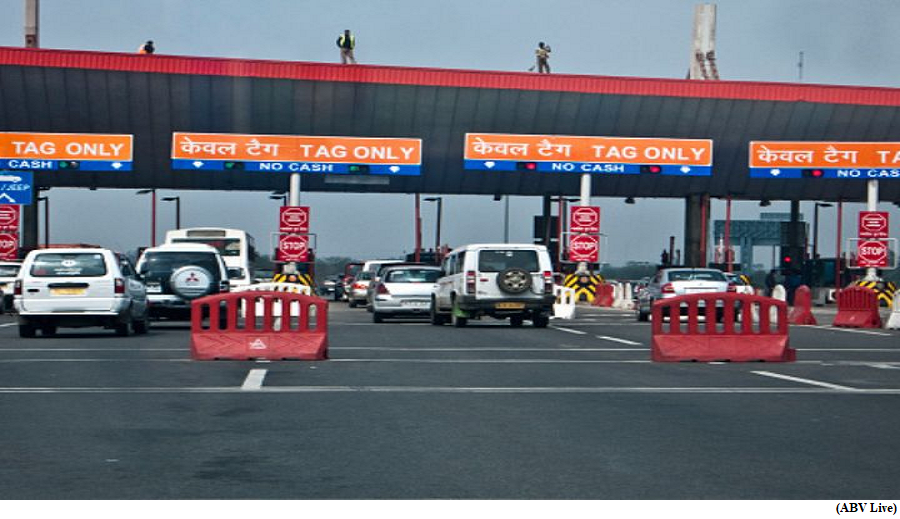390 year old lamp post in Nalgonda unravels trade links of Telangana (GS Paper 1, Culture)

Why in news?
- A newly-discovered 390-year-old Deepastambham (lamp post) on the edge of River Krishna in Nalgonda district of Telangana casts a fresh light on trade ties in the region in early medieval times.
Details:
- Archaeologists working in the area found the 20-foot tall pillar with hollows for lamps and a multi-lingual inscription in Mudimanikyam village of Nalgonda.
- While Dhwajasthambam (flag pole) is part of temple architecture, lamp posts are rare in the Deccan while they are common in temples in the west coast, including Goa.
Key Highlights:
- Based on the inscription engraved on the lamp post near the ruined Śiva temple, the pillar can be dated to June 1635 and it is written in Telugu mixed with Tamil language.
- It is dedicated to Kasi Viswanatha and because of its height, it would have served as a lighthouse on the riverine trade route.
- The inscription was engraved by Madiraju Narasayya of Yidupulapāti and erected by Polinedu, son of Vali Munulayya. Similar pillars have been found in Tamil Nadu but they don’t have inscriptions.
Other inscription:
- The team of archaeologis ts also discovered an eighth century inscription recording a grant during Badami Chalukya rule in the region showing that the village was part of trade route over the millennia.
Mudimanikyam village:
- The village is about 180 kilometres from Hyderabad which was ruled by the Qutb Shahi rulers at that time.
- European travellers, including the French diamond trader Tavernier who made five trips to the Hyderabad kingdom in the same period, describe land trade routes. But make reference to riverine trade.
Satellite-based toll collection may roll out before LS polls
(GS Paper 3, Science and Technology)
Why in news?
- The government plans to implement satellite-based toll collection on highways.
- The technology, which has been under the government’s consideration for the past three years, will allow barrier-free movement of vehicles and they will not be required to stop for toll payments.

How it will work?
- The photo of the registration plate of the vehicle will be captured and the toll amount will be debited based on the actual length of the highway traversed by the vehicle.
- This will replace the radio frequency identification-based FASTag system that was rolled out in 2016 and made mandatory from January 2021.
- A total of 8.13 crore FASTags have been issued and a penetration of 98% has been achieved.
- This will involve every vehicle registering for the Global Navigation Satellite System of toll collection to be equipped with an on-board unit (OBU) that will be linked to a constellation of satellites.
- The OBU will also be linked with a wallet from which the toll amount will be deducted.
Trial:
- It has been tested in Delhi and Gurugram and a trial will soon be conducted in Bengaluru too.



